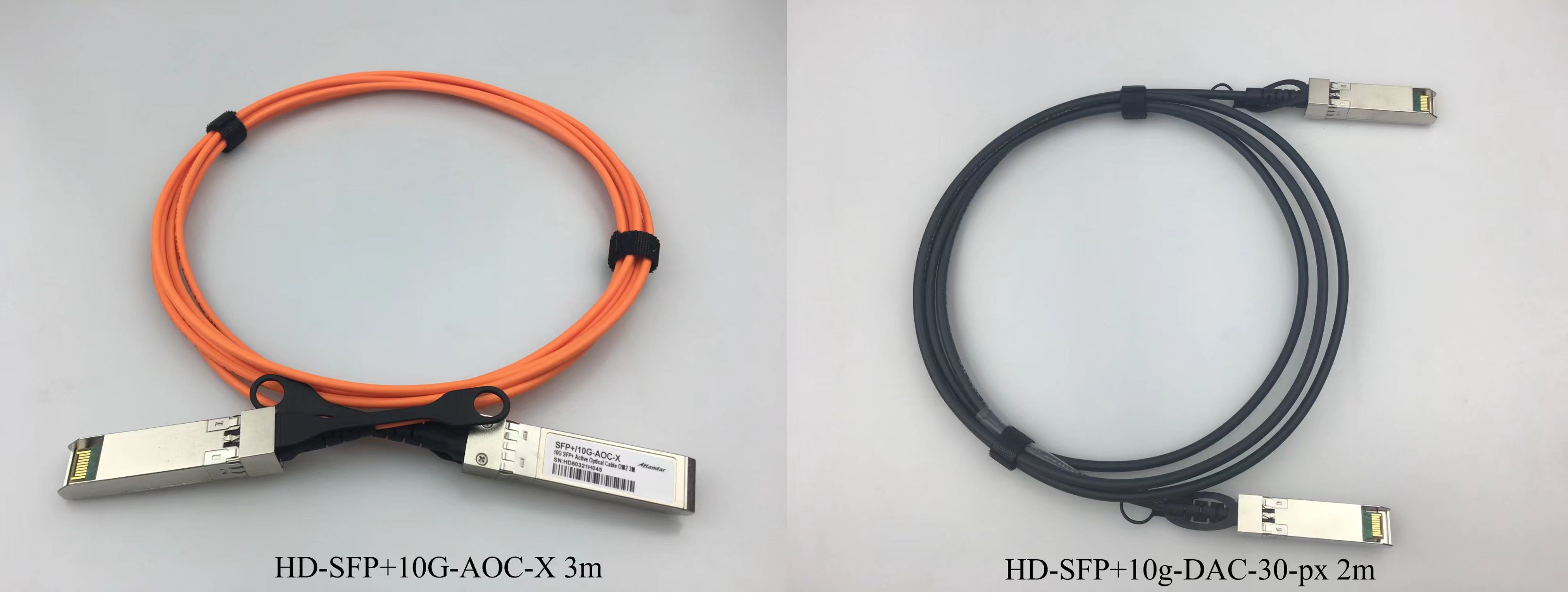Common faults and troubleshooting of optical fiber network
2022-05-06(1638)views
Optical fiber network is very useful in life. Once there is a fault, it will cause great trouble. How to eliminate the common faults and troubleshooting methods of optical fiber network become more and more important.
First, whether the indicator light of the optical fiber transceiver or optical fiber module and the indicator light of the twisted pair port are on
If the optical port (FX) indicator of the transceiver is not on, please determine whether the optical fiber link is cross linked; One end of the optical fiber jumper is connected in parallel; The other end is cross connection. If the light port (FX) indicator of a transceiver is on and the light port (FX) indicator of B transceiver is not on, the fault is at the end of a transceiver: one possibility is that the light transmitting port of a transceiver (TX) is broken because the light port (Rx) of B transceiver cannot receive the optical signal; Another possibility is that there is a problem with the optical fiber link of the optical transmission port of a transceiver (TX) (the optical cable or optical jumper may be broken).
The twisted pair (TP) indicator light is not on. Please make sure whether the twisted pair connection is wrong or connected incorrectly. Please use on-off tester to test; Some transceivers have two RJ45 ports: (to hub) indicates that the connection line connecting the switch is a through line; (to node) indicates that the connection line connecting the switch is a cross line; There is an MPR switch on the side of some generators: it indicates that the connecting line connecting the switch is a through line mode; DTE switch: the connecting line connecting the switch is a cross line mode.
Second, use optical power meter to detect
Luminous power of optical fiber transceiver or optical module under normal conditions: multimode: - 10dB -- 18db; Single mode 20km: - 8dB -- 15dB; Single mode 60km: - 5dB -- 12dB; If the luminous power of the optical fiber transceiver is between: - 30dB and 45dB, it can be judged that there is a problem with the transceiver.
Third, whether the half / full duplex mode is wrong
Some transceivers have FDX switches on the side: indicating full duplex; HDX switch: indicates half duplex.
Fourth, whether the optical cable and optical fiber jumper have been broken
a. Optical cable on-off detection: use laser flashlight, sunlight and illuminant to illuminate one end of the optical cable connector or coupler; Look at the other end for visible light? If there is visible light, it indicates that the optical cable is not broken.
b. Optical fiber connection on-off detection: use laser flashlight, sunlight, etc. to illuminate one end of the optical fiber jumper; Look at the other end for visible light? If there is visible light, it indicates that the optical fiber jumper is not broken.
Latest News
-

Spring Festival Holiday Notice
Dear Valued Customers and Partners,As the Spring Festival ap...
-

What is Sora, and what new impact will it have on the intelligence field?
Sora AI, a groundbreaking system, revolutionizes video creat...
-

Whandar 2024 Spring Festival Holiday Notice
SFP supplier in Shenzhen
-

Understanding the Differences between AOC and DAC Cables
We aremanufacturers of optical module,fiber optic transceive...
0755-86654236
Phone:0755-86654236
Telephone:
Fax:0755-86654231-869
Email:sales@huahanda.com
Address:4th Floor, Building 4, Xusheng Xifa B Industrial Zone, Yintian Gonghe Industrial Road, Xixiang Town, Baoan District, Shenzhen


 sales@huahanda.com
sales@huahanda.com 0755-86654236
0755-86654236